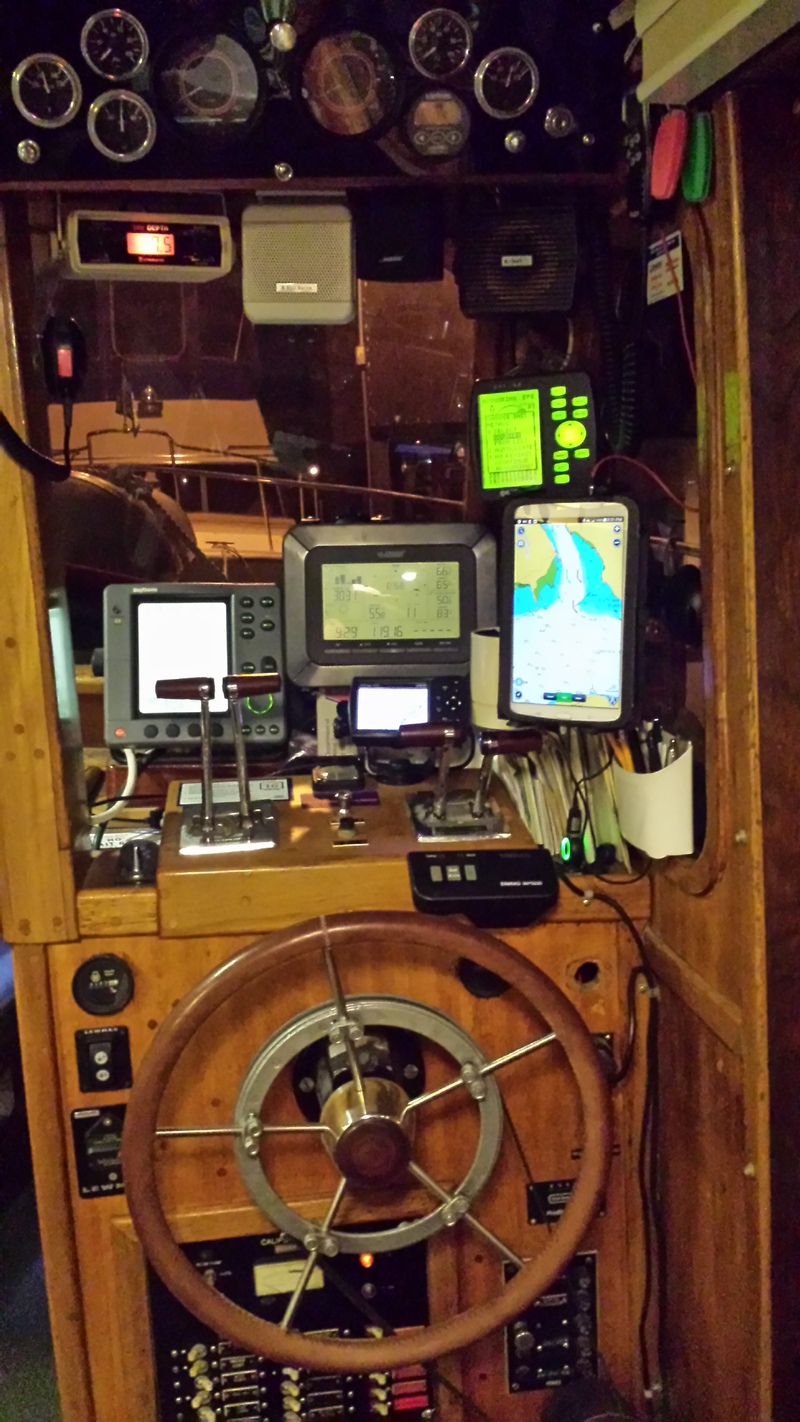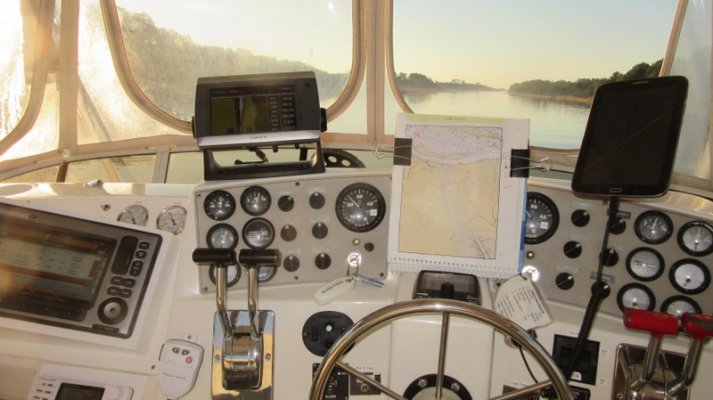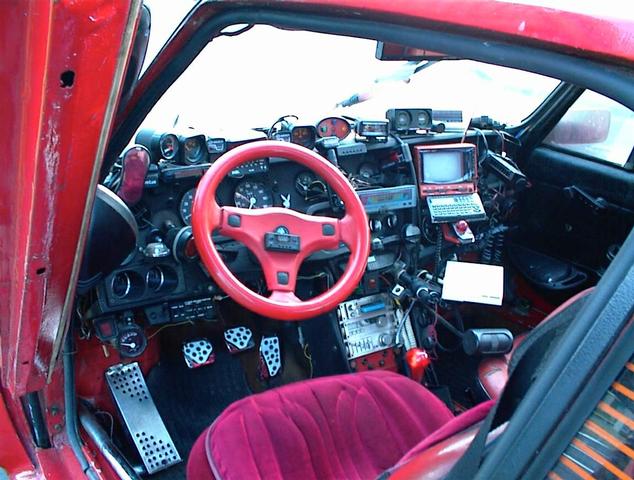I'm just not seeing the justification for the $4K+ price tag for an autopilot.
I get that a hydraulic pump costs $500+. I'm questioning the need for some of the other parts.
I've never installed one, but I have used them. In it's purest form, the autopilot runs the pump to turn the rudder one way or the other as needed.
I just don't see why you need a $2,000 computer to do that.
I already have two multifunction displays that talk NMEA 0183 and NMEA 2000.
They already spit out my current speed, heading, desired course and cross-track error. I can set them to them display a "highway" graphic and tell even the dullest helmsman to "just keep the boat in the middle of the road".
That's all I want my autopilot to do.
Why not just have a simple device that reads the NMEA XTE and tells the pump to go right or left? How much could that cost? I'm betting a Raspberry PI could handle it easily.
I don't even see the need for a fluxgate compass. If I'm not moving, my autopilot it useless anyway. If I am moving, my GPS heading is good enough to steer by.
Even the rudder position indicator is of questionable value, although I can see maybe wanting to know when it's hard over one way or the other, and can't be moved any further.
Adding it up; $500 for the pump, $50 for the Raspberry PI and associated hardware, $200 for a rudder indicator and $150 for a fancy control panel.
Total price, $900.
Am I missing something? Why do I need to spend another $3,100+?
I get that a hydraulic pump costs $500+. I'm questioning the need for some of the other parts.
I've never installed one, but I have used them. In it's purest form, the autopilot runs the pump to turn the rudder one way or the other as needed.
I just don't see why you need a $2,000 computer to do that.
I already have two multifunction displays that talk NMEA 0183 and NMEA 2000.
They already spit out my current speed, heading, desired course and cross-track error. I can set them to them display a "highway" graphic and tell even the dullest helmsman to "just keep the boat in the middle of the road".
That's all I want my autopilot to do.
Why not just have a simple device that reads the NMEA XTE and tells the pump to go right or left? How much could that cost? I'm betting a Raspberry PI could handle it easily.
I don't even see the need for a fluxgate compass. If I'm not moving, my autopilot it useless anyway. If I am moving, my GPS heading is good enough to steer by.
Even the rudder position indicator is of questionable value, although I can see maybe wanting to know when it's hard over one way or the other, and can't be moved any further.
Adding it up; $500 for the pump, $50 for the Raspberry PI and associated hardware, $200 for a rudder indicator and $150 for a fancy control panel.
Total price, $900.
Am I missing something? Why do I need to spend another $3,100+?





